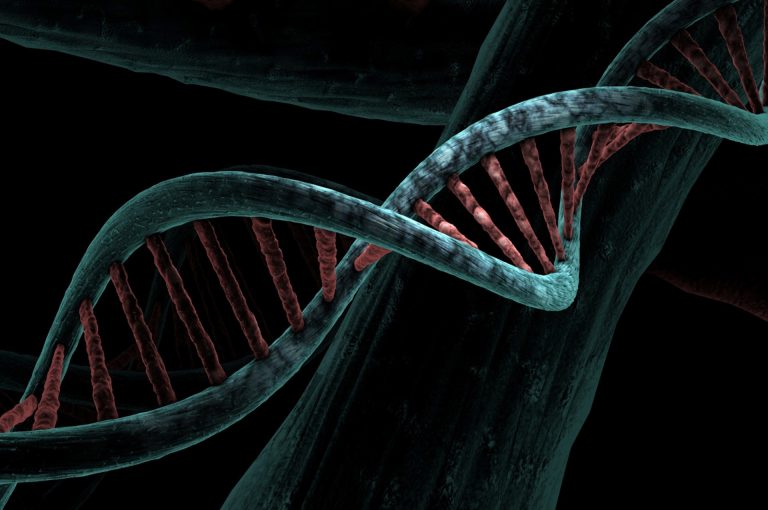Sagebrush Genome Project
What we do
Our goal is to advance fundamental knowledge on the mechanisms controlling genome to phenome pathways to better understand how species adapt to external stressors and a changing environment. It will help translate this knowledge into evidenced-based resource management policies and practices for more adaptive and resilient species and landscapes. Big sagebrush (Artemisia tridentata; Asteraceae) is a keystone species of many western North American habitats. It once covered 1,000,000 km2 in western North America but has lost approximately half of its distribution and thus has become the target of one of the largest restoration seeding efforts globally. The reference genome presented here will be used for studies that aim to understand a variety of processes, such as how big sagebrush has adapted to abiotic stress and inform conservation efforts.
Need for a big sagebrush reference genome
The assembly and annotation of a big sagebrush reference genome will allow for more in-depth gene and genome evolution analyses in big sagebrush. This reference genome will also allow for the sequencing and assembly of far more genomes from plants of different populations. Population genomic comparisons will identify different pathways of stress response among big sagebrush populations, helping identify populations that are more well-adapted to the rapidly changing climate.
Progress towards an annotated reference genome
The current 4.2-Gb assembly consists of 5,492 scaffolds, with nine pseudo-chromosomal scaffolds (nine scaffolds comprising at least 90% of the assembled genome; n = 9). The assembly contains an estimated 43,377 genes and is highly repetitive, with repeat elements comprising 77.99% of the genome.
Research goals
Our goals through the Sagebrush Genome Project are to uncover genome-to-phenome processes of adaptation to abiotic stress in big sagebrush. This genome assembly will serve as a reference for studies on gene evolution and population genomics. While this does represent the first reference quality genome assembly and annotation, more work is needed to fully annotate the genome. We hope that this Sagebrush Genome Project annotation interface will allow for a community effort that improves the annotation and identifies more drought-responsive genes and pathways.
Meet the Team
Boise State University
University of Idaho
Federal Partners





